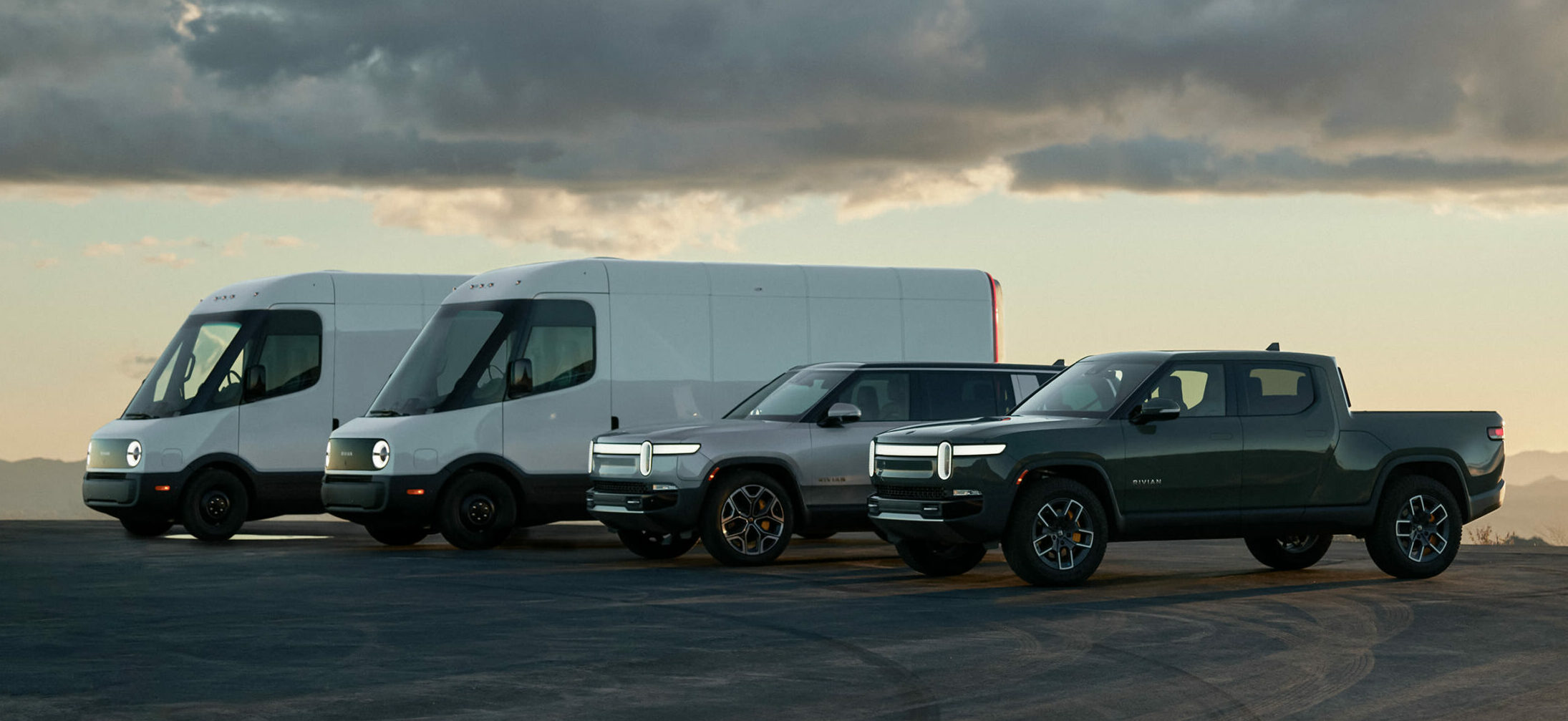The designers of the Ram Promaster probably had no idea that the vehicle designed primarily for commercial use would become such a massive hit with Neo Bohemians on the great unwashed trail down to Guatemala. Those same bohemians would no doubt love to travel in a dusty new Rivian delivery van, stopping often to soak up the sun and electricity, with no fossil fuel costs or emissions to stress about. Manifest. That said, the Rivian Delivery vans are best suited as camper conversions for those with a taste for modern design and clean lines; it will only be a matter of time before the first professional camper build debuts at Overland Expo.
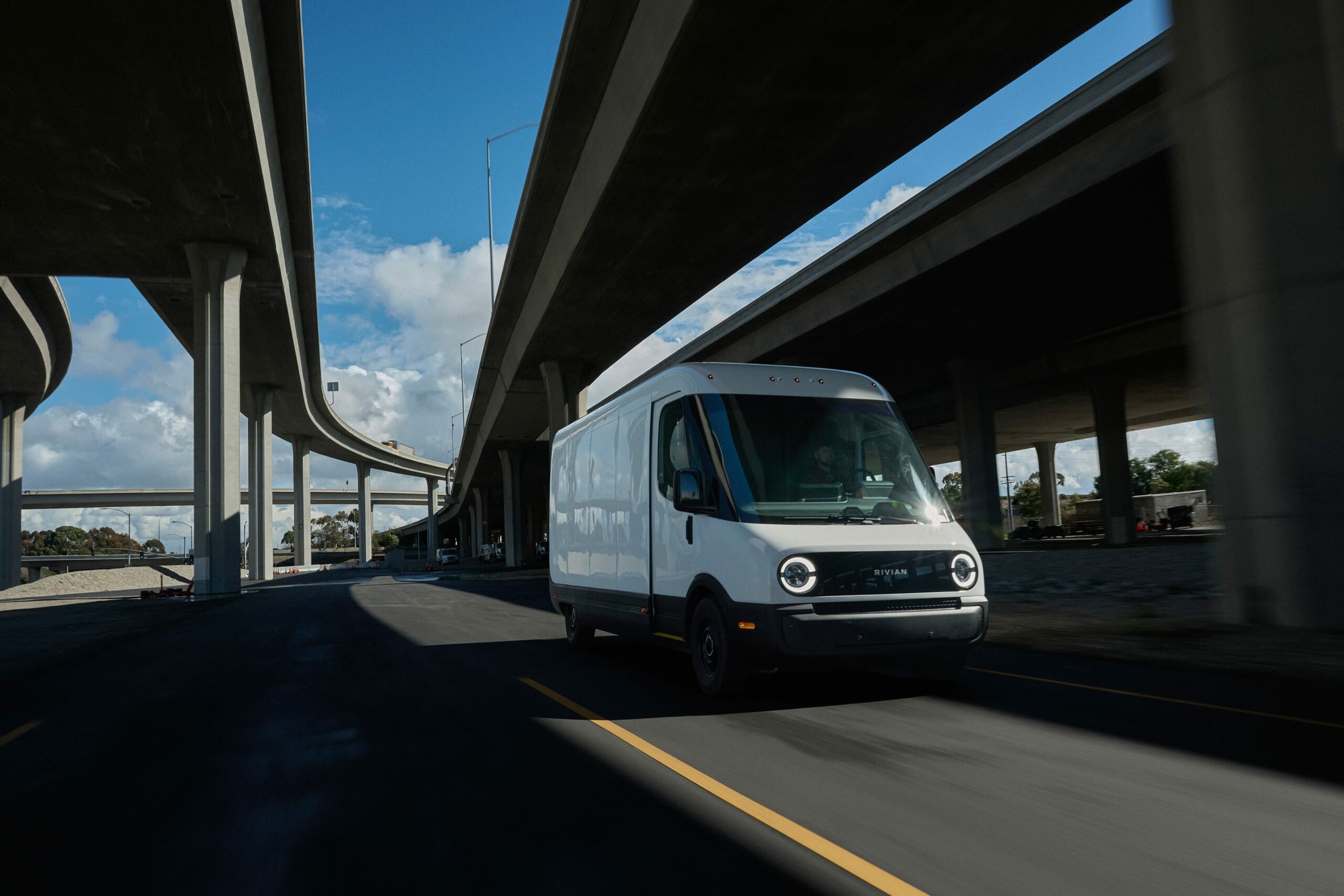
Although Rivian is known primarily for its consumer-focused electric trucks and SUVs, the commercial van demonstrates a strategic expansion of the brand’s product lineup. The vehicle relies on the same core principles that define Rivian’s broader electric offerings, including an emphasis on robust battery architecture and sophisticated software integration. These foundational elements are intended to ensure that the van performs reliably under various conditions, whether operating in dense urban environments or down the hairpins to Lake Atitlan.
Central to the design is an all-electric powertrain that promises to reduce operational costs while contributing to minimal immediate environmental impact. The vehicle’s battery system is engineered to achieve ranges suited for typical delivery routes, which often involve multiple stops in a defined geographic area, which should perform just as well through the pueblos of Mexico, 160 miles apart, thanks to the limited battery range.

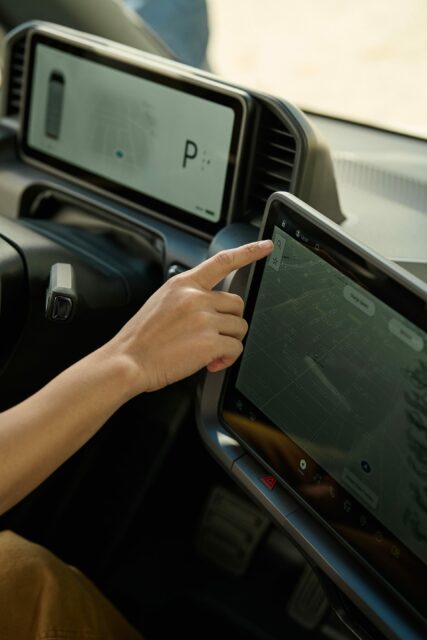
In addition to its electric powertrain, the van incorporates technology that enhances safety and connectivity. Camera systems, sensors, and integrated software solutions ostensibly provide drivers and fleet managers with tools to track performance and ensure secure operations. Rivian’s existing experience in off-road capable vehicles may contribute to the van’s design, given the company’s familiarity with chassis configurations that allow for stable handling and a smooth ride. While it is primarily targeted for urban and suburban routes, the front wheel drive platform might also be adapted for varying road conditions.
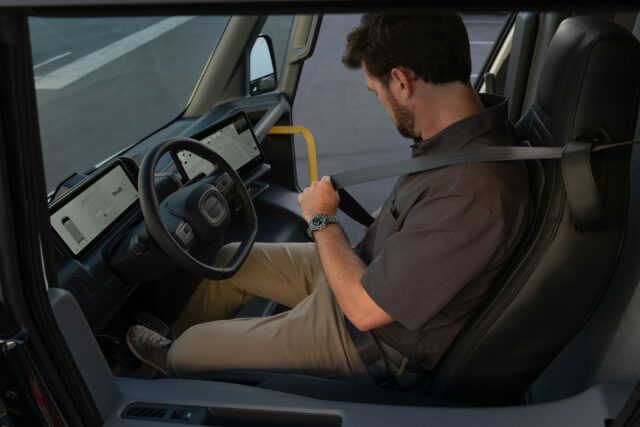

Additionally, Rivian’s emphasis on ergonomics extends to the driver’s cabin. The cockpit features an arrangement of gauges and displays that are intended to be intuitive, reducing distractions and streamlining day-to-day tasks. This approach reflects the broader industry push for human-centered design, particularly in settings where drivers spend many hours on the road.
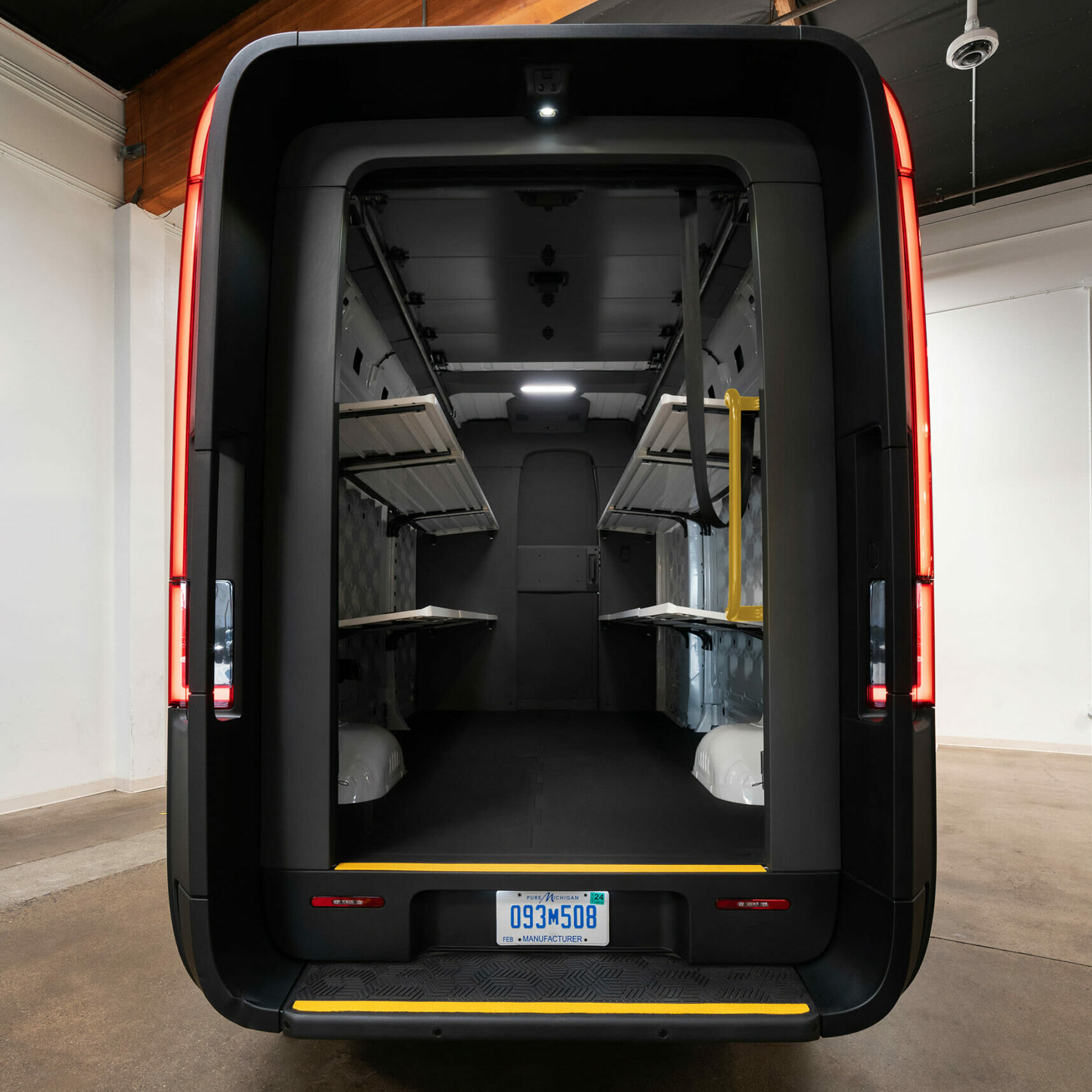
Inside the cargo area, the layout is configured to maximize storage, and the van’s interior design focuses on ease of movement for drivers and passengers, depending on how the van is outfitted. The Delivery 500 is priced from $79,900 and is designed primarily for city streets and tight corners. It has an estimated range of 161 miles, offers 487 cubic feet of cargo space, and carries a payload capacity of 2,663 pounds. The gross vehicle weight rating of 9,500 pounds indicates it is built to handle heavier loads, and the front-wheel drive configuration helps with maneuverability in urban environments.
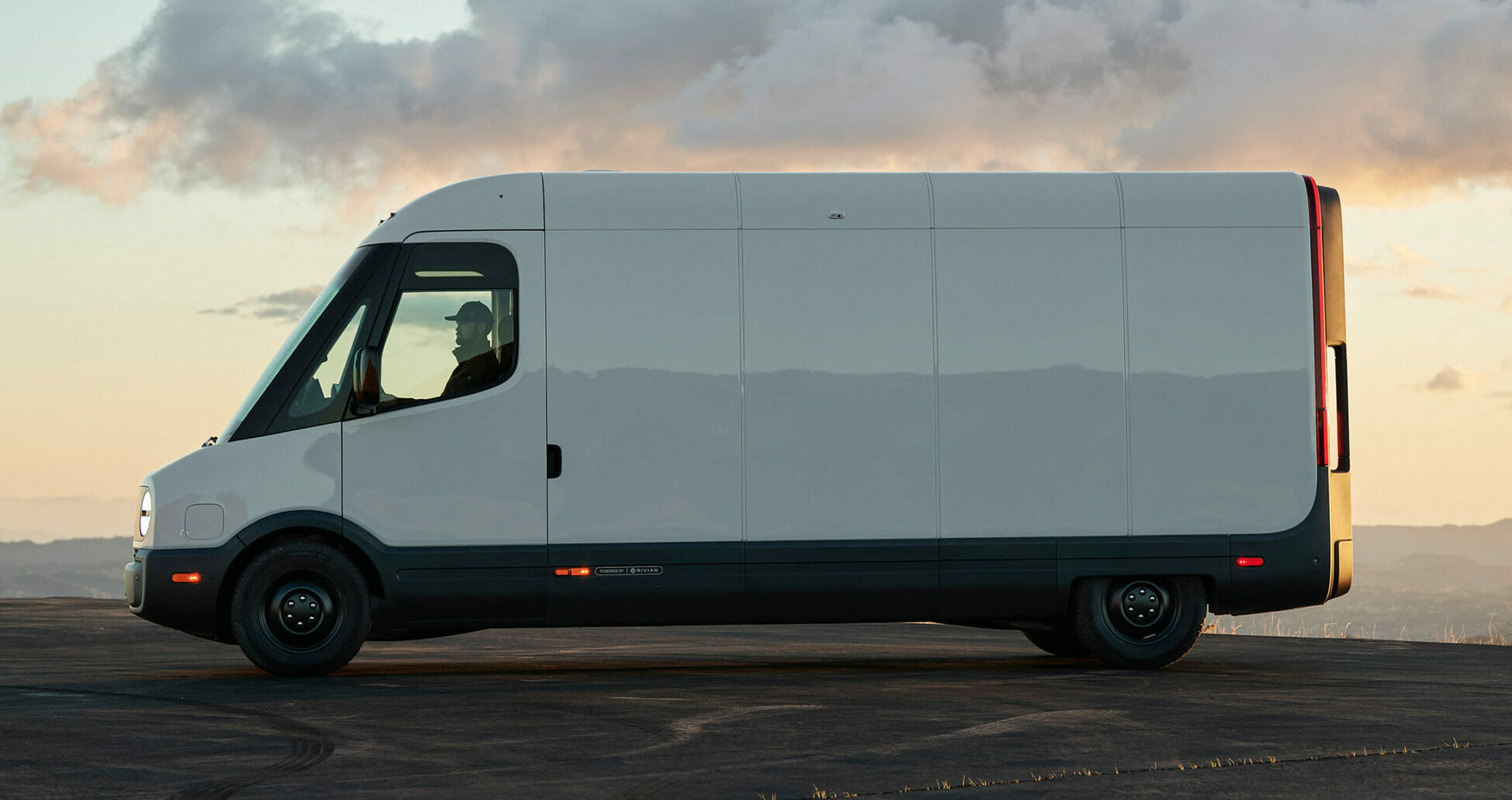
The Delivery 700, best for a family, starts at $83,900 and is intended for those who need additional cargo and storage capacity. Its estimated range is 160 miles, providing 652 cubic feet of cargo space. Although the payload capacity, at 2,258 pounds, is slightly lower than that of the Delivery 500, it shares the same 9,500-pound gross vehicle weight rating. It also features front-wheel drive.
Read More: Gerber Overland Bundle :: Field Tested
Our No Compromise Clause: We do not accept advertorial content or allow advertising to influence our coverage, and our contributors are guaranteed editorial independence. Overland International may earn a small commission from affiliate links included in this article. We appreciate your support.


